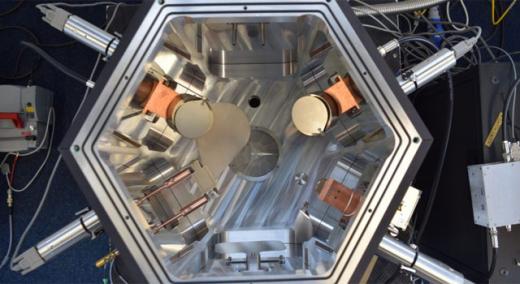As more people become environmentally conscious, manufacturers need to keep ahead of growing concerns about carbon emissions and potentially harmful waste products. Thin-film deposition plays a critical role in many sustainable technologies, including solar power and energy storage.
|
ADVERTISEMENT |
Unfortunately, many current thin-film deposition processes are unsustainable. Some are time- and energy-consuming, while others are highly hazardous and produce harmful byproducts.
Fortunately, many researchers are looking into methods to reduce the environmental impact of many deposition processes and produce sustainable solutions that are appealing to manufacturers and regulators alike.
What is chemical-vapor deposition?
Chemical vapor deposition (CVD) is a thin-film deposition process that uses chemical reactions between gaseous reagents to coat the surface of a heated substrate. The process offers many benefits not provided by physical vapor deposition (PVD), mainly since the reactive materials are gaseous.
This means that the process doesn’t need a line of sight between the target material and substrate, and it’s possible to coat multiple parts in one reaction.
…

Add new comment